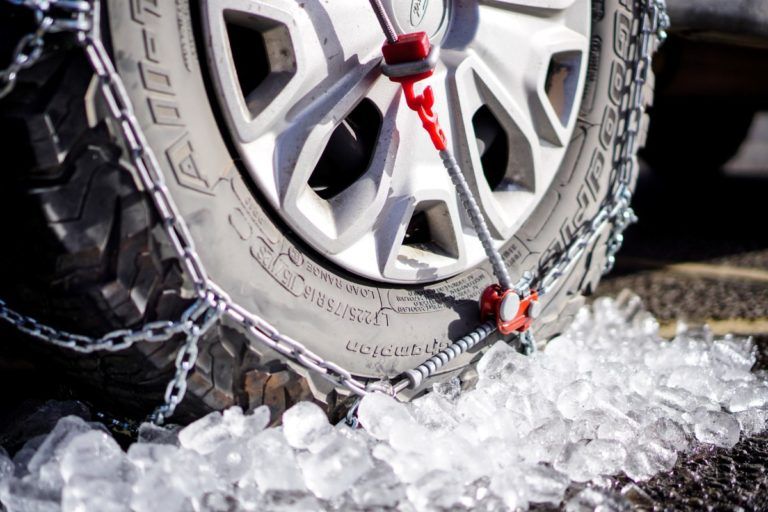When temperatures drop below 7°C in Canada at the end of fall, it is time to switch to winter tires. When it rises above 7°C in the spring, it’s time to switch them back to the regular, typically all-season tires.
While this gives you the best gives you the best traction and control year-round, the cost of changing winter tires twice a year adds up.
Changing tires that are on rims (basic swap) costs $40 to $60 for a set of 4 – or about $10 per tire.
For tires that are not on rims, it costs an average of $80 to $120 for a set of 4 – or about $20 to $30 per tire.
In this short guide we’ll summarize how much service providers are charging and how much people are paying to change, mount, balance and store tires and outline how keeping your winter tires on a separate set of steel rims can save you an average of $150 over their lifetime.
Changing a set of 4 tires that are already mounted on rims (basic swap) costs an average of $40 to $60 or about $10 to $15 per wheel, not including balancing.
Balancing costs an extra $32 to $48 per set of 4 or $8 to $12 per wheel and should be done every 1 to 2 years or if you notice signs such as vibration at high speeds, increased fuel consumption or uneven treadwear.
Pricing from service providers:
| Service Provider | Cost |
|---|---|
| Canadian Tire | $75 |
| Tirecraft | $55 |
| Kal Tire | $52 |
| Mr Lube | $55 |
| Jiffy Lube | $55 |
| Costco | $40 |
| CAA Mobile | $80 to $120 |
| Tire Changers | $60 |
| SimplyTire | $60 to $100 |
| 1010Tires | $50 |
| BMW dealership | $85 |
Prices reported by vehicle owners across Canada:
| Service Provider | Location | Price Paid |
|---|---|---|
| Independent | Markham, ON | $45 |
| Independent | Cannifton, ON | $45 |
| Independent | Belleville, ON | $40 |
Having a set of 4 winter tires mounted on rims, balanced and installed costs an average of $80 to $120 or about $20 to $30 per wheel, based on prices we collected from service providers:
| Service Provider | Cost |
|---|---|
| Canadian Tire | $150 |
| Tirecraft | $105 |
| Kal Tire | $152 |
| JoyCity Tires | $75 to $105 |
| Genuine Auto | $125 |
| Fountain Tire | $139 |
| Tires23 | $80 |
| 1010Tires | $160 |
| Costco | $80 |
| SimplyTire | $140 to $240 |
Prices reported by vehicle owners across Canada:
| Location | Price Paid |
|---|---|
| Vancouver, BC | $120 |
| Winnipeg, MB | $140 |
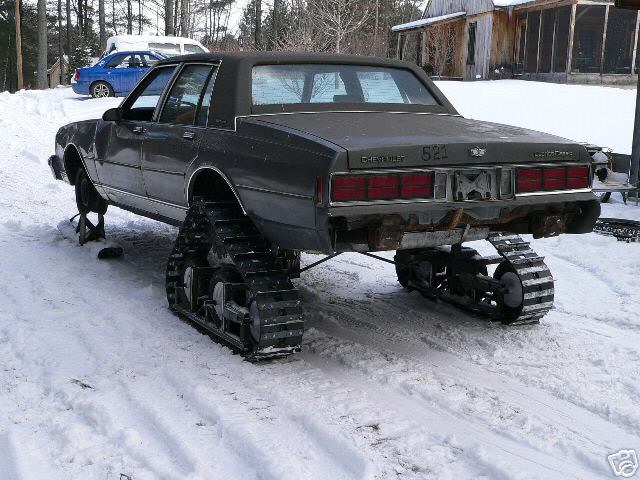 Tirecraft) or first-come-first-served while you wait (longer wait, cheaper – eg. independent shop)
Tirecraft) or first-come-first-served while you wait (longer wait, cheaper – eg. independent shop)If you live in an apartment or condo, you may not have space to store the set of tires that aren’t on your vehicle. The average cost to store your tires is $60 to $100 per season (6 to 9 months). Fall/winter counts as 1 season, spring/summer is another.
| Provider | Location | Cost |
|---|---|---|
| Kal Tire | Winnipeg, MB | $90 to $100 |
| JoyCity Tires | Markham, ON | $75 |
| Dealerships | $100 | |
| #10 Storage | Brampton, ON | $40 |
| Genuine Auto | Nepean, ON | $60 |
| Canadian Tire | Ottawa, ON | $70 |
| Waterloo, ON | $80 |
$100 per change x 2 changes per year x 5 years = $1000
To have the tires removed and swapped onto the same rims twice a year for an average of a 5 year tire lifespan, costs $60 to $80.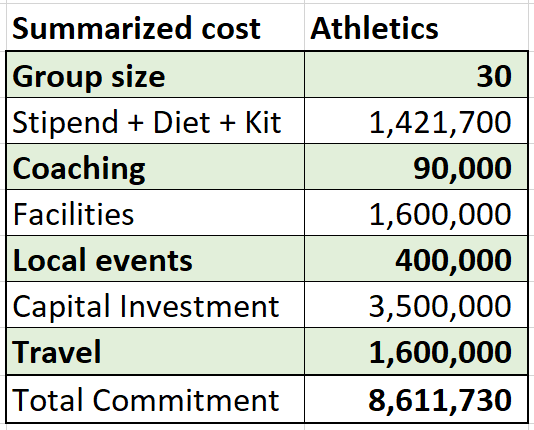 This comes out to $160 a year on average just on the swap. If you consider that price over the span of 5 years, it amounts to a stunning $800.
This comes out to $160 a year on average just on the swap. If you consider that price over the span of 5 years, it amounts to a stunning $800.
$240 for 4 steel rims ($50 to $80 per rim)
+ $80 to have winter tires mounted onto the new rims and balanced
+ $80 to have summer tires mounted onto existing rims and balanced
+ $50 per change x 2 swaps per year x next 4 years = $400
= $800
The average cost to have the wheel (tire and rim) switched is half as much ($50 vs $100), but if you factor in a couple of tire balances ($50) over 5 years your maintenance costs are from about equal to $100 less.
However, using a second set of rims means it takes much less time to change tires, you can change them yourself, you own 2 sets of rims instead of 1 and limiting the number of times a tire is removed and mounted to a rim reduces the chances of damaging the bead.
If the tires have already been mounted and balanced and you are able, have the space available and can stay warm enough while changing tires, you can save $80+tax or more per year on the labour costs by doing the swap yourself.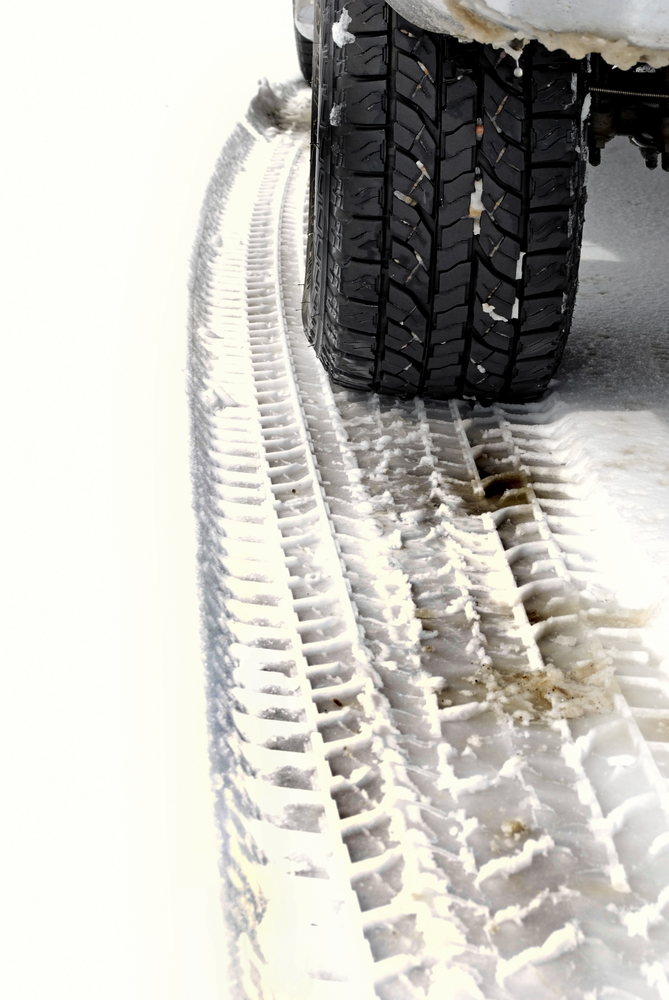 You also save the hassle of booking an appointment, dropping it off, waiting or having to go back.
You also save the hassle of booking an appointment, dropping it off, waiting or having to go back.
All you need are a few tools and the time and money savings will make up for their initial cost in 3 years or so:
Total startup costs: ~$250
It is highly recommended that you mount one set of tires onto a set of steel rims and keep your main set of tires on its own set.
With aluminum rims, the road salt used to melt snow and ice will eat away at the metal and significantly decrease their stability, structure, and lifespan.
In addition, the process of mounting and unmounting tires onto a set of rims requires applying a considerable amount of stress on the bead and sidewall. Doing this twice annually year after year increases the risk of distorting the sidewall or tearing the bead.
Opting for steel rims will help to preserve your tires and rims and keep them in good condition longer.
Plus, if and when you plan on reselling the vehicle you have an added set of rims and tires that will add to the overall value of the vehicle. If needed you can sell the rim separately, as rims in good condition hold value.
During the summer when you are not using the tires, store them in a clean, dry (away from solvents, lubricants, fuels, chemicals), dark (in tire bags to limit their exposure to UV radiation) and cool (below 15ºC). Basements and temperature-controlled garages are ideal. The temperature and humidity in most garages, sheds and attics fluctuate considerably, which you want to avoid.
Maintain the vehicle manufacturer recommended air pressure and if they are on rims, stack them on each other, no more than 4 high. If they are not on rims, stand them on end and turn them a bit once a month. Maintain the vehicle manufacturer recommended air pressure.
Here's an all-too familiar winter driving scene: the roads are dusted with slippery, powdery snow and the all-season tires that came with your car seem to be getting the job done. Until your back wheels start to fishtail. Or you brake for a traffic light -- and your car keeps rolling (skating?) toward that icy intersection for several more seconds.
Opt out of those nerve-wracking moments this winter. Get snow tires. Get your brakes, your traction (and your confidence) back.
Snow tires (also called winter tires) provide better traction and braking on winter roads compared to all-season tires, summer tires, or performance tires. The main advantages of snow tires come from cold-friendly rubber composition and precipitation-friendly tread design:
The main advantages of snow tires come from cold-friendly rubber composition and precipitation-friendly tread design:
Deeper Tread Depth: Snow tire treads can grip though surface snow and slush.
Groovy Tread Patterns: Snow tire tread patterns have more grooves, to increase the surface area for traction.
Wider Siping: Snow tire edges often feature more open channels called siping to evacuate water.
Softer Rubber: Snow tire rubber is formulated to stay flexible in temperatures below 45 °F / 7 °C (where other tires may develop cracks and premature wear).
Winter tires come in studded and studless types. (Technically, studdable tires are also on the market -- with holes in the tread to install your own studs.) Studded tires offer extreme traction, but give you a bumpy ride the rest of the time. Plus, studded tires damage roads. They’re only legal during winter in most of Canada and the U. S. -- and banned outright in some states. Studded snow tires were once the state of the art in snow tire design and many of us grew up with them. Studless snow tires are the standard winter tire choice today, thanks to decades of advances in tread design and rubber formulation.
S. -- and banned outright in some states. Studded snow tires were once the state of the art in snow tire design and many of us grew up with them. Studless snow tires are the standard winter tire choice today, thanks to decades of advances in tread design and rubber formulation.
All-season tires are not a substitute for snow tires. They’re designed to be a compromise between winter traction and warm-weather performance, comfort, and fuel efficiency. Both summer tires and winter tires outperform all-season tires in their areas of strength. And depending on where you drive, snow tires may be a requirement:
Vehicles registered in the province of Quebec must have four snow tires from December 1 to March 15 -- and they must be either studded or marked with the three-peak mountain snowflake (3PMSF) symbol. (Learn about 3PMSF tires.)
In several U.S. states, local officials have the power to mandate snow tires (or chains) during harsh weather or on snowy roads. New to an area with serious winters? Check with your state transportation department -- or your local Midas tire expert -- for current tire laws.
New to an area with serious winters? Check with your state transportation department -- or your local Midas tire expert -- for current tire laws.
More and more off-road and all-terrain tires bear the 3PMSF “mountain snowflake” symbol indicating that they are snow-rated, but these tires aren’t a substitute for snow tires. They’re designed to include snow in the types of terrain they can handle, but most aren’t made of cold-tolerant rubber and they aren’t optimized for the full range of winter challenges -- such as icy streets when you aren’t driving off-road.
Off-road driving can complicate your snow tire options. Trust Midas to help you find your perfect winter tires.
Related:
Learn more about all-terrain tires.
If winter temperatures in your area regularly drop below 45 °F / 7 °C, snow tires are well worth the extra expense - no matter how much (or how little) snow falls.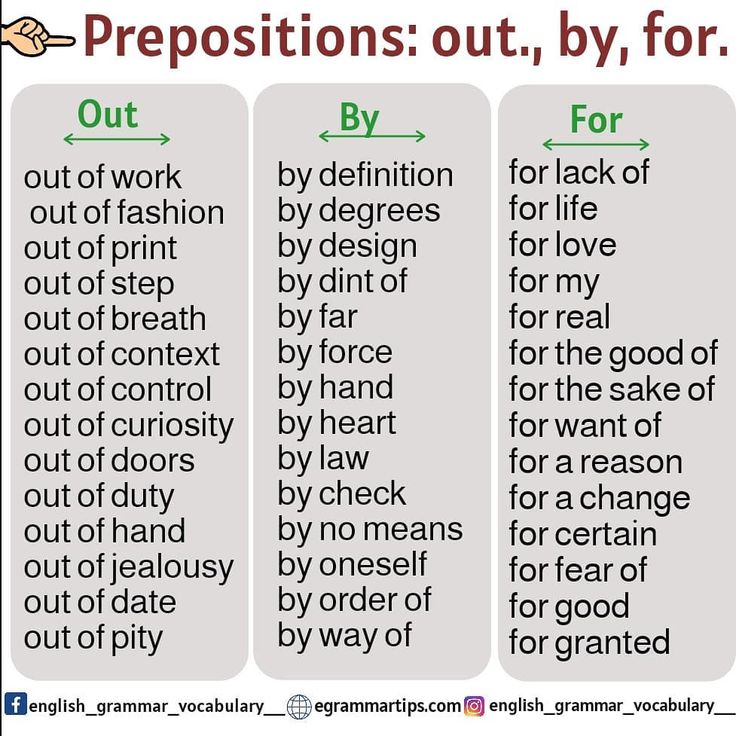
1. Snow tires offer better cold-weather traction whether it’s snowing or not, because they’re made of more cold-tolerant rubber than other tires. So “snow” tires offer peace of mind all winter -- even when there’s not a cloud in the sky.
2. Snow tire treads really do outperform all-season tires on snow and ice. In a test of multiple tire brands, Consumer Reports found that winter tires reduced braking distance on ice by an average of six feet, and improved snow traction by an average of 34%1.
Here’s another reason snow tires are worth the money: Keeping your regular tires off the road and safely stored during the winter months will extend their life for another two or three years.
Four matching snow tires are recommended for all passenger vehicle types. Your vehicle’s brakes and traction control are designed for all its tires to have the same traction capability. If you only change your front tires to winter tires, the back of your vehicle may spin out as the back tires grip the road loosely compared to the front. If you only install winter tires on the back of your car, you may find it difficult to turn your vehicle as the front tires encounter resistance from the back tires.
If you only install winter tires on the back of your car, you may find it difficult to turn your vehicle as the front tires encounter resistance from the back tires.
Winter tires excel in temperatures below 45 °F / 7 °C, and summer tires rule the road in warmer weather. It’s not just about snow -- it’s the rubber, too. Summer tires can grow brittle in cold weather, risking premature cracks and wear. Winter tires can become too soft in warm weather, increasing rolling resistance, compromising fuel efficiency, and wearing down your tire edges prematurely.
Snow tires should not be used when the temperature regularly exceeds 45 °F / 7 °C. Snow tires are made of softer rubber than other tires to counteract the brittleness that rubber takes on when cold. A winter tire used in warm weather becomes too soft, causing uneven tread wear and risking premature breakdown. The tread wear pattern on a snow tire used out of season looks much like the wear pattern on an under-inflated tire.
A set of snow tires that is properly used, maintained, and stored will provide most drivers with three to four seasons of superior winter traction. After that, the tires may be usable for several more winters, but without the full benefits of winter tires. Your tire manufacturer may offer guidelines, and the actual life of your snow tires will depend on your mileage, your driving conditions, and how you care for your tires. You can extend their life by using your winter tires in only cold weather, storing them properly in warm weather, maintaining proper tire pressure, and following a regular schedule of wheel alignment, tire rotation, and tire balancing.
Replace your snow tires if they sustain sidewall damage, or when they’ve worn down below acceptable tread depth. In the U.S., 2/32” is the legal minimum tire tread depth, and some manufacturers encourage drivers to keep their tires until that point. (Tip: When your tire wear bars show visible wear, you’re there. Replace those tires as soon as possible.) But 4/32” to 6/32” may be a better tread depth for snow tires. In a test of multiple winter tire brands at 5/32”-6/32” tread depth, Consumer Reports saw a 14.5% decline in snow traction during acceleration, and a 7% increase in wet stopping distance2.
Replace those tires as soon as possible.) But 4/32” to 6/32” may be a better tread depth for snow tires. In a test of multiple winter tire brands at 5/32”-6/32” tread depth, Consumer Reports saw a 14.5% decline in snow traction during acceleration, and a 7% increase in wet stopping distance2.
Related:
How to measure tire tread depth with a U.S. or Canadian coin.
Your local Midas technician can inspect your snow tires during the season switch, or whenever you have your tires serviced. You’ll get objective advice on when it’s time for replacement tires.
In warmer weather (temperatures regularly above 45 °F / 7 °C) store snow tires away from heat, light, air, and moisture to protect them from rubber breakdown and dry rot.

Victoria Umanets
26, 2020
November 26, 2020
, Since there are no legal norms at what time to do this. And although we are not promised snow yet, I would not recommend waiting for it in order to change the shoes of your car.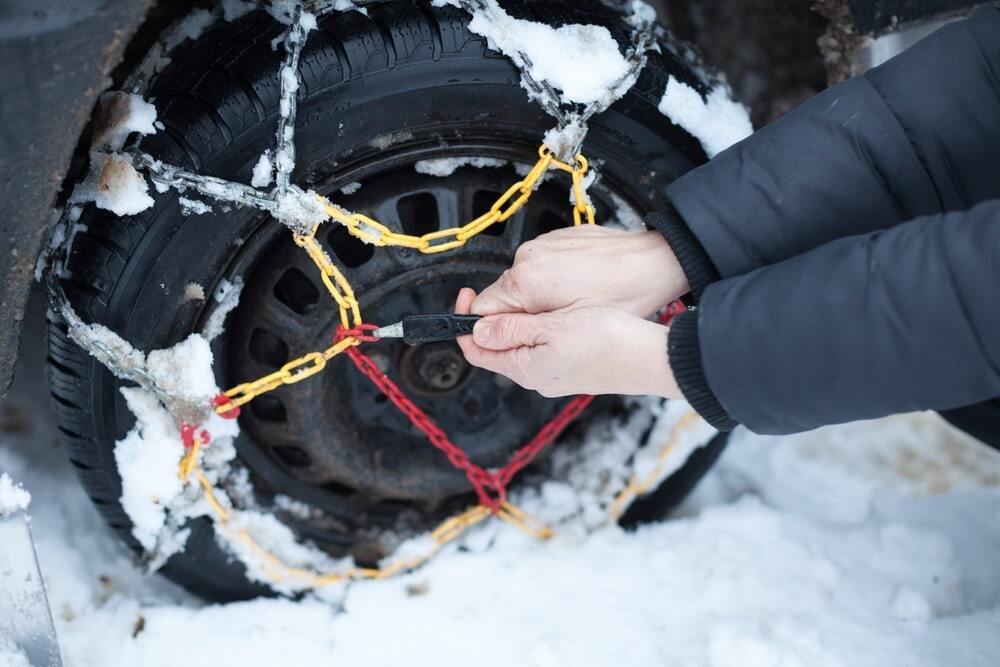 It is a bad idea. After all, on a slippery road it is very easy to lose control of the car. And then you have to go to the service station not only to replace tires, but also to repair the body.
It is a bad idea. After all, on a slippery road it is very easy to lose control of the car. And then you have to go to the service station not only to replace tires, but also to repair the body.
Everyone knows that it's time to change tires when the average daily temperature has reached 7 degrees. It was then that summer tires no longer “work”. It is very dangerous to ride them. So how much does it cost to change a car in 2020? How much will you have to pay for replacing summer tires with winter ones in Kyiv, Dnipro, Lvov, Vinnitsa, Zaporozhye and other cities of our country. From this article you will find out the prices in each region.
Pick up tires and rims for car
Usually, car owners turn to tire fitting when they have one set of wheels and two sets of tires. That is, the tires need to be reboarded. This procedure implies that the tire fitting worker will remove the summer kit and put on the winter one.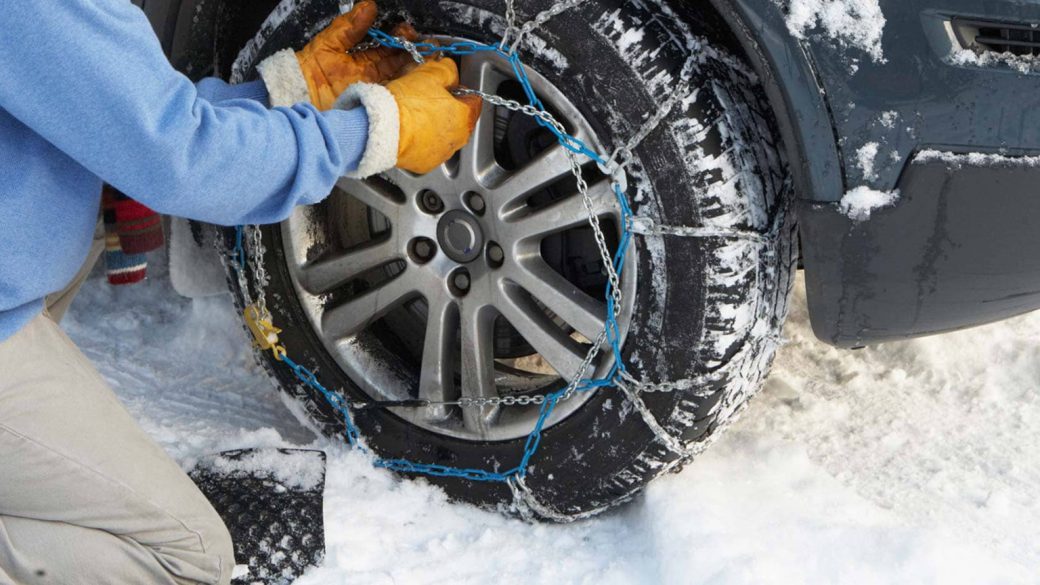 It also needs to be balanced. This is standard procedure. It happens that even the disks need some kind of repair or cleaning. You will have to pay extra for this separately. If you only stopped by to “change shoes”, be prepared to spend about 40 minutes of your time. True, if you come by appointment. On a first-come, first-served basis, time can stretch for several hours.
It also needs to be balanced. This is standard procedure. It happens that even the disks need some kind of repair or cleaning. You will have to pay extra for this separately. If you only stopped by to “change shoes”, be prepared to spend about 40 minutes of your time. True, if you come by appointment. On a first-come, first-served basis, time can stretch for several hours.
Is there a price difference depending on the tire diameter?
Yes. I will give statistics on the example of Vinnitsa car services. Having taken an interest in prices, I can say that on average it turns out like this:
Statistics given for passenger cars - tire change on light alloy wheels (R16) plus balancing.
By the way, the price also depends on the class of the car. For SUVs, SUVs, minivans will be more expensive. It turns out that the larger the car and the size of the wheels itself, the more expensive. But from the type of disks - casting or steel - the price practically does not change. If your tires are on steel rims, the price remains either the same, or the difference fluctuates around minus 20-50 hryvnia.
But from the type of disks - casting or steel - the price practically does not change. If your tires are on steel rims, the price remains either the same, or the difference fluctuates around minus 20-50 hryvnia.
Below on the chart you will see the prices in the regional centers of Ukraine. They are average for passenger cars on alloy wheels (R16). That is, you need to understand what can be a little cheaper or a little more expensive. There are cities that stand out with the highest prices. But in principle, plus or minus is the same throughout Ukraine.
Somehow, unexpectedly for me, it turned out to be the most expensive thing to wear a winter set in Lviv and Zhytomyr - 500 UAH and 490 UAH, respectively. Khmelnitsky also stood out - 460 UAH, Kyiv - 450 UAH, Dnipro - 430 UAH. The cheapest is in Chernihiv - 340 UAH and Sumy - 350 UAH. However, see for yourself:
| City | Price (UAH) |
| Vinnitsa | 380 |
| Dnipro | 430 |
| Zhitomir | 490 |
| Uzhhorod | 360 |
| Zaporozhye | 370 |
| Ivano-Frankivsk | 380 |
| Kyiv | 450 |
| Kropivnitsky | 360 |
| Lviv | 500 |
| Lutsk | 360 |
| Nikolaev | 370 |
| Odessa | 410 |
| Poltava | 360 |
| Rivne | 400 |
| Sumy | 350 |
| Ternopil | 370 |
| Kharkiv | 400 |
| Kherson | 380 |
| Khmelnitsky | 460 |
| Cherkasy | 370 |
| Chernivtsi | 400 |
| Chernihiv | 340 |
When calling service stations, some immediately offered discounts or some related services.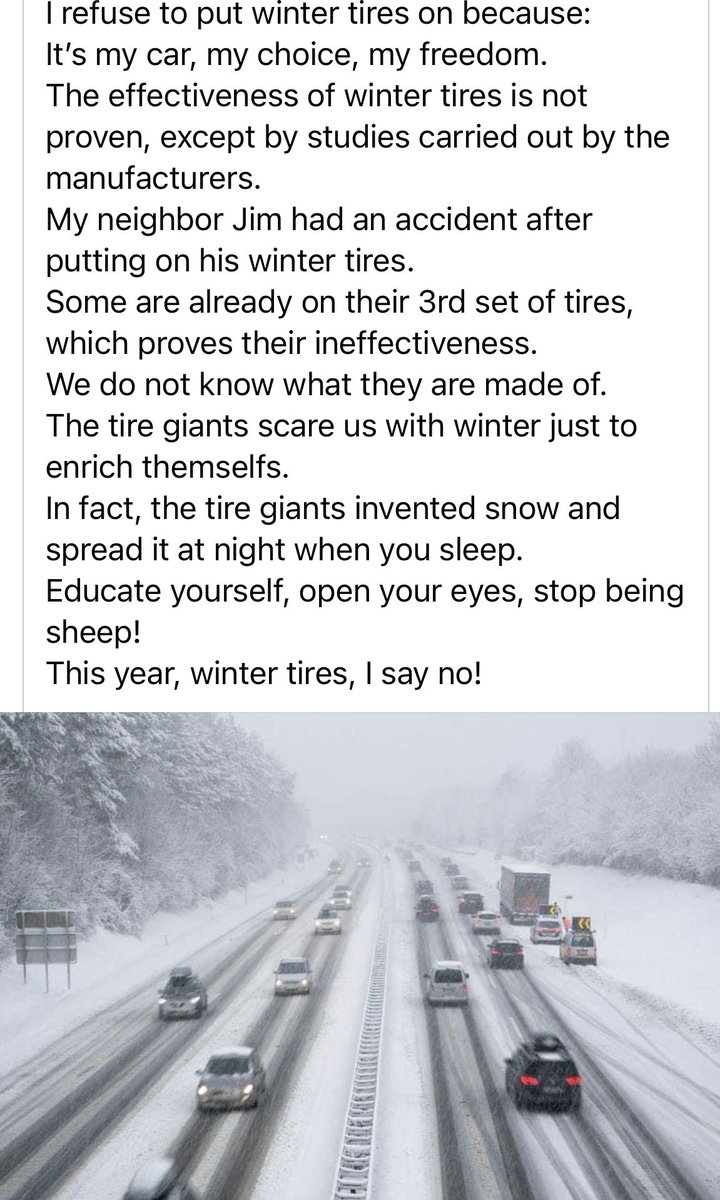 For example - a 20% discount on air conditioning maintenance in the spring, if they have their tires rebuilt now. And several tire shops said they could keep the winter tires for storage. In Vinnitsa, it costs about 100 UAH per month for 4 wheels without discs. Very handy if you have nowhere to store them at home. Because storage conditions are very important. It must be dry and clean. Tires must be laid in the correct position so that they do not experience uneven pressure and do not deform during downtime. And before that, they need to be washed and dried.
For example - a 20% discount on air conditioning maintenance in the spring, if they have their tires rebuilt now. And several tire shops said they could keep the winter tires for storage. In Vinnitsa, it costs about 100 UAH per month for 4 wheels without discs. Very handy if you have nowhere to store them at home. Because storage conditions are very important. It must be dry and clean. Tires must be laid in the correct position so that they do not experience uneven pressure and do not deform during downtime. And before that, they need to be washed and dried.
Pick up tires and rims for car
Well, friends, I hope the information was useful for you. If so, please like. I would like to know how much it costs to replace tires on wheels in your city. After all, I really hope that you have already done this. Share with us in the comments.
I liked the article - put "like", if you have any questions - write in the comments and we will answer them. Share the article with your friends and subscribe to the email newsletter from AUTOMARKET.
Share the article with your friends and subscribe to the email newsletter from AUTOMARKET.
With best wishes, AUTOMARKET - convenient for the motorist
Tags
articles
:
2 will share
Previous article
TOP Article
Subscribe to the discount of discounts and recommendations
Subscribe to the discounts of discounts and recommendations
We See in us in the Automarket
Auto products and accessories on AUTOmarket
Join the community →
Is it time to switch from winter to summer tires? Come to our car service to change tires by prior online appointment.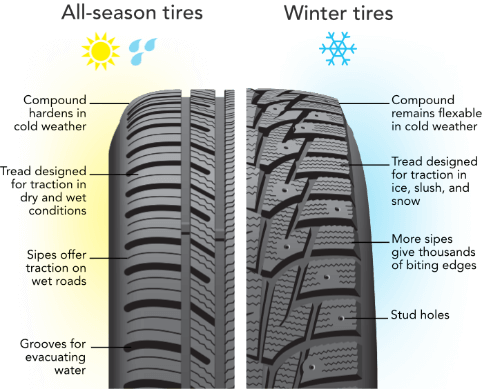
Shesterenka car services are equipped with modern Italian balancing equipment RAVAGLIOLIM and a tire changer CORCHI , which allows tire fitting for wheels ranging in size from 12" to 30", including for low profile tires and type 9 tires0024 Run flat.
In addition to tire fitting and wheel balancing, you will receive high-quality services for all types of repairs, including puncture and side cut repair, as well as washing and cleaning wheels. Service centers "Shesterenka" have the status of certified services that have the right to perform tire fitting and wheel balancing.
| Cost of work | ||||||||
| R12-14 | R15 | R16 | R17-18 | R19+ comm. 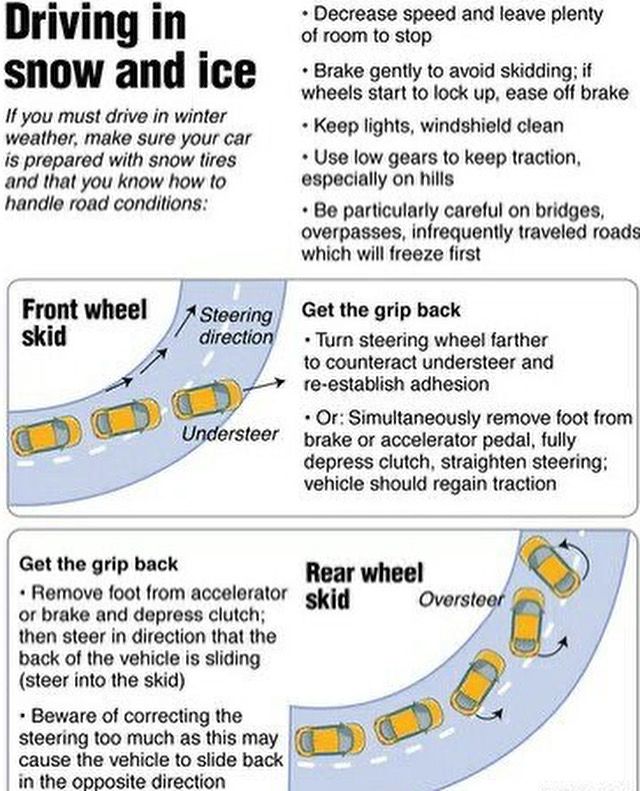 transport | ||||
| light | implemented | easy | implemented | easy | off-road | |||
| Wheel - remove/attach | 90 | 100 | 120 | 110 | 150 | 140 | 170 | 170 |
| Wheel - balancing | 90 | 100 | 120 | 110 | 150 | 140 | 170 | 170 |
| Wheel assembly | 80 | 90 | 100 | 90 | 130 | 120 | 130 | 150 |
| Wheel - removal | 80 | 90 | 100 | 90 | 130 | 120 | 130 | 150 |
| Wash wheel | 50 | 50 | 50 | 50 | 70 | 70 | 70 | 70 |
| Wheel - inflation | 25 | 25 | 25 | 25 | 25 | 25 | 25 | 25 |
| Chamber - repair | 50 | 50 | 50 | 50 | 50 | - | - | - |
One wheel conversion (excl.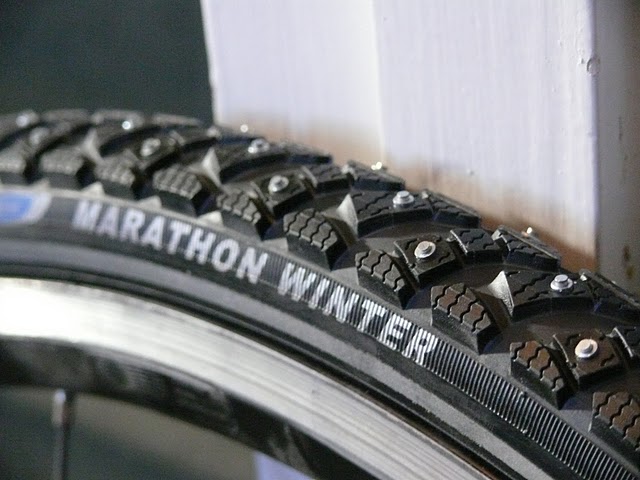 freight cost) freight cost) | 340 | 380 | 440 | 400 | 560 | 520 | 600 | 640 |
| 4 / 6 wheel conversion (excl. freight cost) | 1360 | 1520 | 1760 | 1600 | 2240 | 2080 | 2400 | 2560/3840 |
| Tire - repair (harness installation) | 150 | 150 | 150 | 150 | 150 | 150 | 150 | 150 |
| Tire - repair (mushroom installation) | 150 | 150 | 150 | 150 | 150 | 150 | 150 | 150 |
| Tire - repair (cord patch installation) | 250 | 250 | 250 | 250 | 250 | 250 | 250 | 250 |
| Tire - repair (side cut up to 3 cm) | 250 | 250 | 250 | 250 | 250 | 300 | 300 | 300 |
| Seat - cleaning | 25 | 25 | 25 | 25 | 25 | 50 | 50 | 50 |
| Seat - sealing | 40 | 40 | 40 | 40 | 40 | 60 | 60 | 60 |
| Disc test (balance) | 50 | 50 | 50 | 50 | 50 | 50 | 50 | 50 |
| Copper grease treatment of the hub (1 wheel) | 50 | 50 | 50 | 50 | 50 | 50 | 50 | 50 |
| Mounting valve without valve | 25 | 25 | 25 | 25 | 25 | 25 | 25 | 25 |
| Pressure sensor installation | 200 | 200 | 200 | 200 | 200 | 200 | 200 | 200 |
Please note that the price is indicated in rubles and is valid at the time of publication.